This "post" is the result of my personal need to better understand the flood of information and opinions that are investing us in these days on the conflict between Russia and Ukraine. In particular, I tried to understand if the expansion of NATO is really the main engine of Putin's actions, if it is right to force Ukraine to a possible future as a buffer state and if there really has been a genocide of Ukrainian citizens in the Donbass of Russian ethnicity.
BORN BETWEEN LIGHT AND SHADOWS
NATO was formed shortly after the end of the Second World War, with an implicit anti-Soviet function: the isolation of West Berlin in 1948 by the Red Army, which forced the Western powers to organize an airlift to supply it, was the decisive fact at the birth of the North Atlantic Alliance. In the text of the Treaty there is however a constant
self-subordination to the United Nations (of which, among other things, the Soviet Union is one of the founding members, complete with the right of veto ) and an equally constant reference to its
essentially defensive function . After 1989, with the launch of the dissolution process of the USSR and the Warsaw Pact (the opposing military alliance), NATO could theoretically also have dissolved. In any case, with the exception of military intervention in the Balkans, the network of Western alliances (hence the de facto interweaving between NATO and the European Union) has allowed the traditional powers of the Old Continent to enjoy the period of peace on their territories, longer than history.
NATO and the Warsaw Pact (luckily for us…) have never had to confront each other militarily and directly.
NATO's first armed intervention is in fact the aforementioned conflict against a Yugoslavia in the process of complete dissolution, which occurred
in 1995, therefore four years after the collapse of the USSR.
The Yugoslav Wars are an extremely complex topic to deal with, which would lead us away from the intent of this "post". What I would like to stress, however, is that the
casus belli of NATO's military intervention has significant points of contact with what is happening in Ukraine today.
Under Article 5 of the Treaty, NATO can only intervene militarily in defense of a member state under attack. In relation to the intervention in the Balkans, this constraint was "interpreted" by the rhetorical trick of the then Secretary General of NATO, Javier Solana, specifying that in relation to this intervention it was not a declaration of war on Yugoslavia but of
support for the search for peace in Kosovo. It is evident that the same hermeneutic key of
article 5 does not apply to a sufficiently organized aggressor with an apparently easy trigger on "nuclear deterrence". Without hiding that the question is posed exactly in these terms, the pragmatic President of the United States John Biden has substantially clarified the
impasse:
NATO does not intervene militarily to avoid World War III.
Clearer than that…
For the second NATO intervention, the literal interpretation of Article 5 is back in vogue: NATO attacks the Taliban's Afghanistan, as the state from which the 9/11 attack on the United States of America would start.
Article 5 is instead reinterpreted "only" in the third (and so far last) military intervention by NATO, against the Gaddafi regime in Libya.
Leaving aside the deepening of deplorable facts such as the use in Serbia and Kosovo of depleted uranium grenades by the USA, without the knowledge of the same allies (there are many Italian cases of deaths, due to tumors following exposure, still to be examined by the courts) or, after twenty years, the restoration in Afghanistan of the same Taliban regime that would have been eradicated to allow a democratic transition in the country,
NATO military interventions have essentially resulted in humanitarian disasters: both for the physiological impossibility of not involving civilians in the bombings, and for the lack of influence with respect to the persistence of tensions between the different ethnic groups in conflict and with regard to the non-respect for human rights.
Today we ask ourselves whether it is right for NATO not to intervene in Ukraine. However,
what makes us believe that, from a humanitarian point of view, a NATO intervention would improve the situation?DOES IT MAKE SENSE TO STAY IN BORN AGAIN?
If the objective of nations such as Italy, France or Germany is to obtain sufficient military deterrence not to be invaded by the Putin on duty, it has so far been fully satisfied. However, in my humble opinion, another aspect must also be considered in equal measure: Italy, France and Germany, which are among other things the three major economic powers of the European Union, have had military expenditures in the last decade or so. oscillating between 1.2% and 2.1% of its GDP. Russia, with a GDP slightly lower than Italy itself (which in turn is economically weaker than Germany and France) but with a population two and a half times higher, for military spending, from 2011 to 2021 has instead employed since 3.4% to 5.4% of its GDP. Just "for the record" (as we are dealing with incomparable populations and economies), the United States, in the period under consideration, spent between 3.3% and 4.8% of its GDP; on the other hand, China has moderately drawn between 1.7% and 1.8%; finally, the world average percentage of military spending with respect to GDP, in 2021, was 2.4%. At first distracted glance, not only does Russia spend on average more than the US itself but, for the three European powers under consideration,
being in NATO seems to allow for a considerable reduction in military spending (precisely by virtue of the fact that the defense of a member country of the Atlantic alliance is a joint question of all the members).
Let us examine, as a sort of litmus test, spending on health care, referring, however, to the year preceding the outbreak of the Covid pandemic (in order to have "ordinary" data). In 2019, Italy spent 8.7% of GDP, France 11.1%, Germany 11.7%, Russia 5.6%.
If we also compare expenditure on public education (always in proportion to GDP), from 2014 to 2018, France has always maintained just over 5%, Germany and Italy around 4% (a little Germany is better), Russia has rarely diverged much from 3%.
At a second (and always distracted) glance
it therefore seems that the expenditure on health and public education of economies and forms of welfare, broadly similar, are greater for those who spend less to arm themselves.
A couple of necessary considerations: it is true that Chinese military spending amounts to only 1.7% of GDP, but this 1.7% translated into absolute value is a huge figure, as if the Russian spending percentages are translated, in absolute values and with respect to its population, the disproportions jump even more to the eye. Then, of course, we can speak of greater or lesser effectiveness of the resources invested (and in Italy we have never been particularly good at optimizing expenses) or of the correctness of considering GDP as a valid reference measure, but the substance of the discourse would not change, a lot.
I therefore believe (this time without too much distraction...) to be able to conclude that
being in NATO, by virtue of the principle of collective defense, is worthwhile above all with a view to economic savings on military expenses.FROM THE ORANGE REVOLUTION TO THE STRUGGLE FOR POWER IN THE DONBASS
Crimea was ceded to Ukraine by Russia (both within the USSR) in 1954, essentially for reasons of political expediency (after all with a Soviet Union that was believed to prosper for centuries, it would treated only as a formality). With the dissolution of the USSR in 1991, however, Crimea remains with Ukraine.
With the Orange Revolution in 2004, Ukraine looks to the West with growing desire. Thus the Russian plans to include Ukraine in the organization that from 2015 would have been called the Eurasian Economic Union encounter the first obstacles. The Eurasian Economic Union is today a common market between former Soviet states (Russia, Belarus, Kazakhstan, Armenia and Kyrgyzstan), with customs union, coordination of monetary and trade policies, and freedom of movement of goods, capital, services and people. A brake on the transformation into a more cohesive organization, modeled on the European Union, is the fear on the part of smaller states of losing autonomy vis-à-vis the Russian Federation (which in fact already exercises control over it).
In Ukraine, at the beginning of 2014, a series of protests and popular demonstrations against the political rapprochement with Russia carried out by the Yanukovyc government, led to a brutal repression by the police forces, which provoked real and their own popular uprisings, resulting in a change of political regime and the formation of a new government (recognized by the US and the EU but not by Russia). The new course attempts to repeal the law that recognizes Russian as an official language alongside Ukrainian, however arousing indignation among the Russian speakers of Crimea and Donbass, forcing the new Ukrainian president to veto it in order not to repeal it.
In Crimea there are demonstrations for Russia and against the interim government. The pro-Russians (assisted by "anonymous" military forces) take control of the peninsula. On March 16, 2014, through a controversial popular referendum, the autonomy of the Republic of Crimea from Ukraine was decreed. On May 15, 2014, an equally controversial referendum ratified the entry of Crimea into the Russian Federation.
Similar dynamics concur in the birth of the Donetsk People's Republic on April 7, 2014 and of the Lugansk People's Republic on April 27, 2014 (ratification for both takes place officially, by referendum, on May 12).
The roots of the difficult Ukrainian political-social context lie in the dissolution of the Soviet Union , when the leaders of the bureaucracy (the so-called nomenklatura) appropriate the assets and capital that they would have previously managed on behalf of the state , transforming themselves into rich and powerful oligarchs capable of influencing the politics and social dynamics of the controlled areas. The Donbass in particular, due to its status as an industrialized region rich in natural resources, becomes a particularly sought-after area and the president of the "discord", Yanukovyc, is among the first to get his hands on it.
The disputes between the various oligarchs, to contend for the largest slices of the former Soviet cake, often lead to clashes between personal mercenary militias . With the "deposition" and the consequent flight to Russia of Yanukovyc, the conflicts between the oligarchs "candidates" to fill the vacuum of power created in Donbass, intensify. Meanwhile, the profound economic crisis due in part to the Minsk agreements (which cause official economic isolation from Moscow), in part to the pandemic from Covid, in part to the continuous harassment that a portion of the population continues to suffer, provokes the < strong> two and a half million citizens abandon the Donbass towards Kiev .THE DONATION OF CONSTANTINE
According to a survey conducted at the end of March 2014 by the Donetsk Institute of Social Research and Political Analysis,
only 26.5% of Donetsk residents would have supported the pro-Russian demonstrations and, indeed, only 4.7% would have liked secession from Ukraine. Another parallel survey, conducted by Gallup on behalf of the International Republican Institute, confirms the low percentage (4%) of Donetsk citizens wishing to separate from Ukraine.
Considering the authority of the institutions involved and therefore assuming transparency and good faith in the conduct of the aforementioned surveys, suspicions arise not only regarding possible threats and constraints that the population would have suffered in order to "guide" voting intentions, but also on the manipulation of the results of the referendums themselves…
From what emerges from the reports of OSCE observers (available on the official website), the "genocide" of ethnic Russians in Donbass, heralded by Putin to justify his peacekeeping mission, is a false media hype. In particular, in a report published in May 2014, it is emphasized that the violations of human rights, in the Donbass and in the Crimea, were carried out by unidentified "armed groups" and were mainly directed towards "activists and pro Maidan" (in favor of the pro-European turn). It is explicitly written that there was no worsening of respect for the rights of Russian-speaking minorities, although adequate protection legislation was still lacking in Ukraine, but instead a dramatic
situation is denounced, particularly in Crimea, a situation for ethnic Ukrainians and tartare. It should also be noted that from a quick reading of the OSCE reports, which took place between 2014 and the most recent events, there were constant protests that the usual generic "armed groups" and even, in the days preceding the invasion, cited soldiers bearing insignia of the Russian Federation.
Considering that even Russia is part of the OSCE...
TWO WEIGHTS, TWO SIZES: KALININGRAD
Kaliningrad, the capital of the homonymous oblast, a Russian exclave on the Baltic Sea, between Lithuania and Poland, was born as Königsberg in the 13th century AD. by Teutonic knights, remaining culturally and politically an important German/Prussian city until 1945.
The German population was forcibly expelled and replaced with a Soviet population. What if the Germans claim it today?
After all, Crimea was ceded to Ukraine only a few years later...
What if the Austrians claimed Italian Südtirol? And how many nations could claim Sicily?
In short, if all over the world anachronistic irredentistic logic began to be applied, the Third World War could really break out. Forgive me for a
Libro Cuore banality, but in a world that is moving towards ever broader federal political macrostructures, what is the point of looking at differences and not at the interests of peace and cooperation that unite us?
Furthermore,
who gives Putin the right to decide whether or not Ukraine should join NATO or the EU?
The future of our planet does not depend on preventing Ukraine, Georgia or Moldova from joining the European Union or NATO, but it depends on
starting to set the conditions for NATO to no longer make sense, arming oneself to the teeth no longer makes sense, claiming Crimea or Taiwan no longer makes sense. Of course, with the invasion of Ukraine, Putin has only exacerbated tensions with the West, pushing away the creation of conditions so that we can seriously
start talking about demilitarization. Franco Battiato sang that
social evolution is of no use to the people, unless it is preceded by an evolution of thought. In the meantime, the Russian secret services have reportedly thwarted attacks on the life of Ukrainian President Zelensky three times: may the Russian people get tired of being ruled by the Tsars?
I leave you the links to verify the data reported:
Here you will find the report of military spending, state by state, since 1988.
Here a study on health care expenditure statistics, state by state, since 2000.
Here a article (explicitly biased) which I found extremely interesting, on the situation in the Donbass.
Here the text of the North Atlantic Treaty.
Here the global data on health expenditure.
Here the IRI survey data.
Here the OSCE report of 12 May 2014.



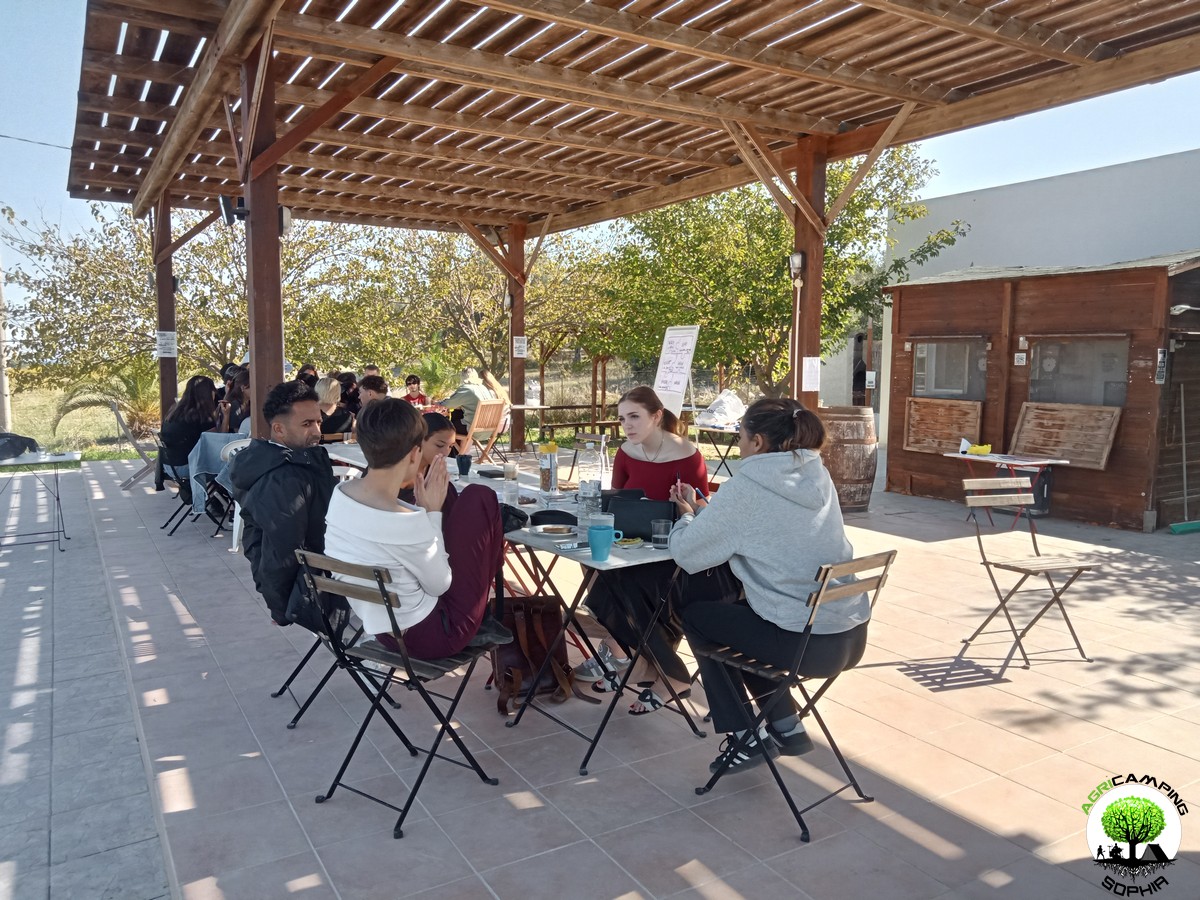 DO YOU WANT TO ORGANIZE AN ERASMUS AT AGRICAMPING SOPHIA?
DO YOU WANT TO ORGANIZE AN ERASMUS AT AGRICAMPING SOPHIA? CART RUTS MODELED ON SOFT ROCK?
CART RUTS MODELED ON SOFT ROCK? RACK OR HOUSING FOR CLOGS?
RACK OR HOUSING FOR CLOGS? CART RUTS CUT FROM QUARRIES
CART RUTS CUT FROM QUARRIES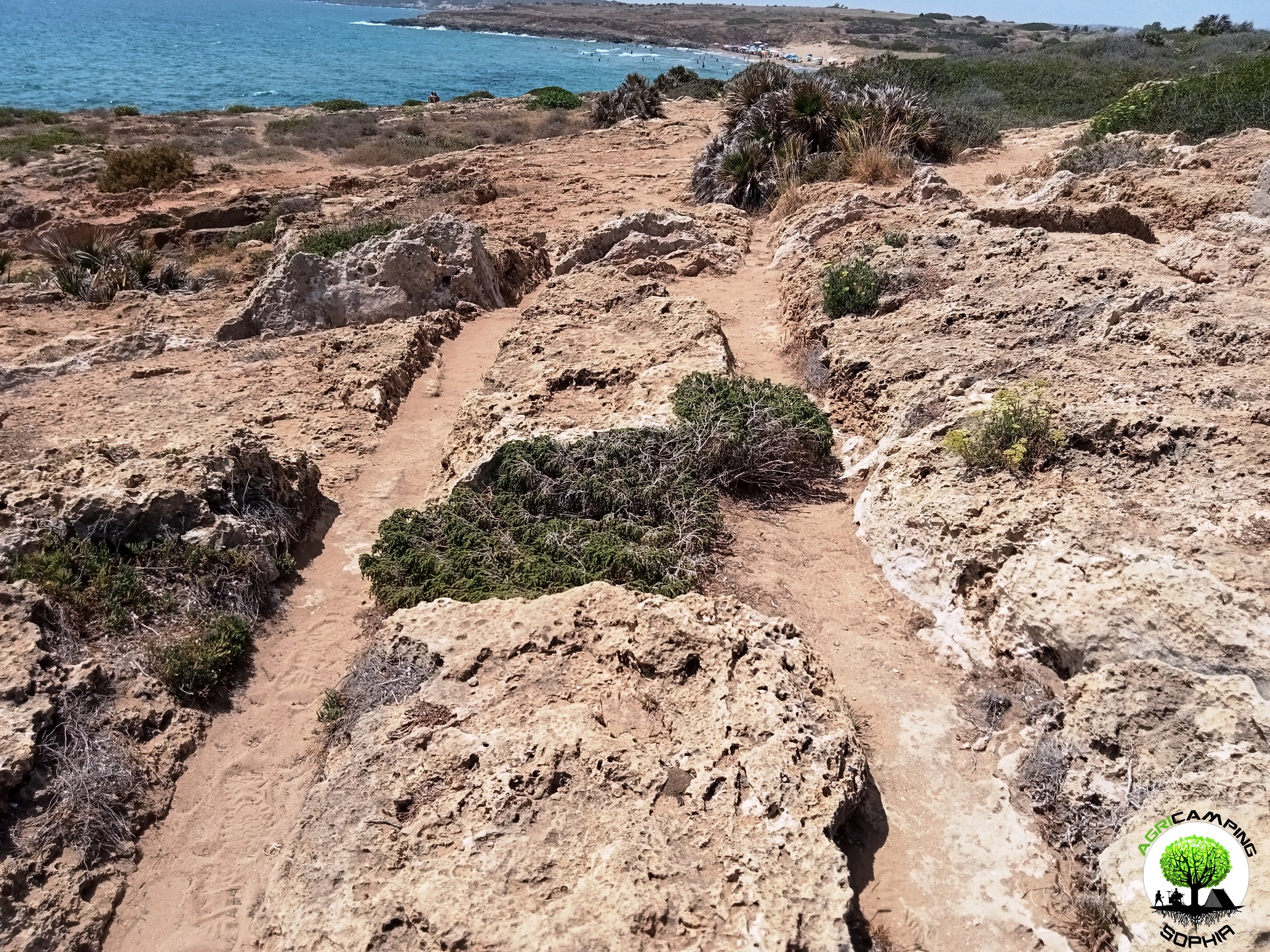 CART RUTS AND A FEW TOO MANY PROJECTIONS
CART RUTS AND A FEW TOO MANY PROJECTIONS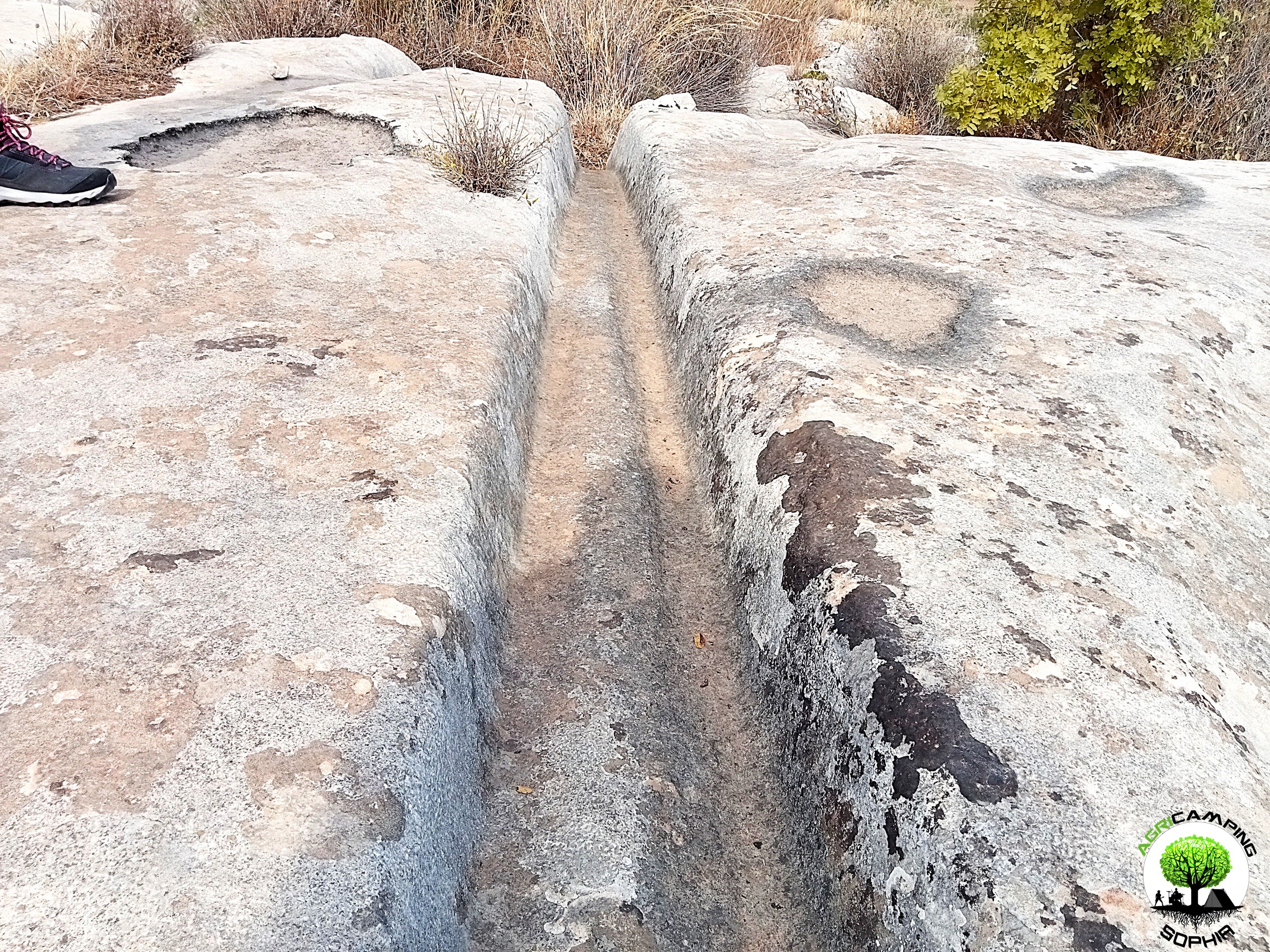 THE POLISHING OF THE CART RUTS
THE POLISHING OF THE CART RUTS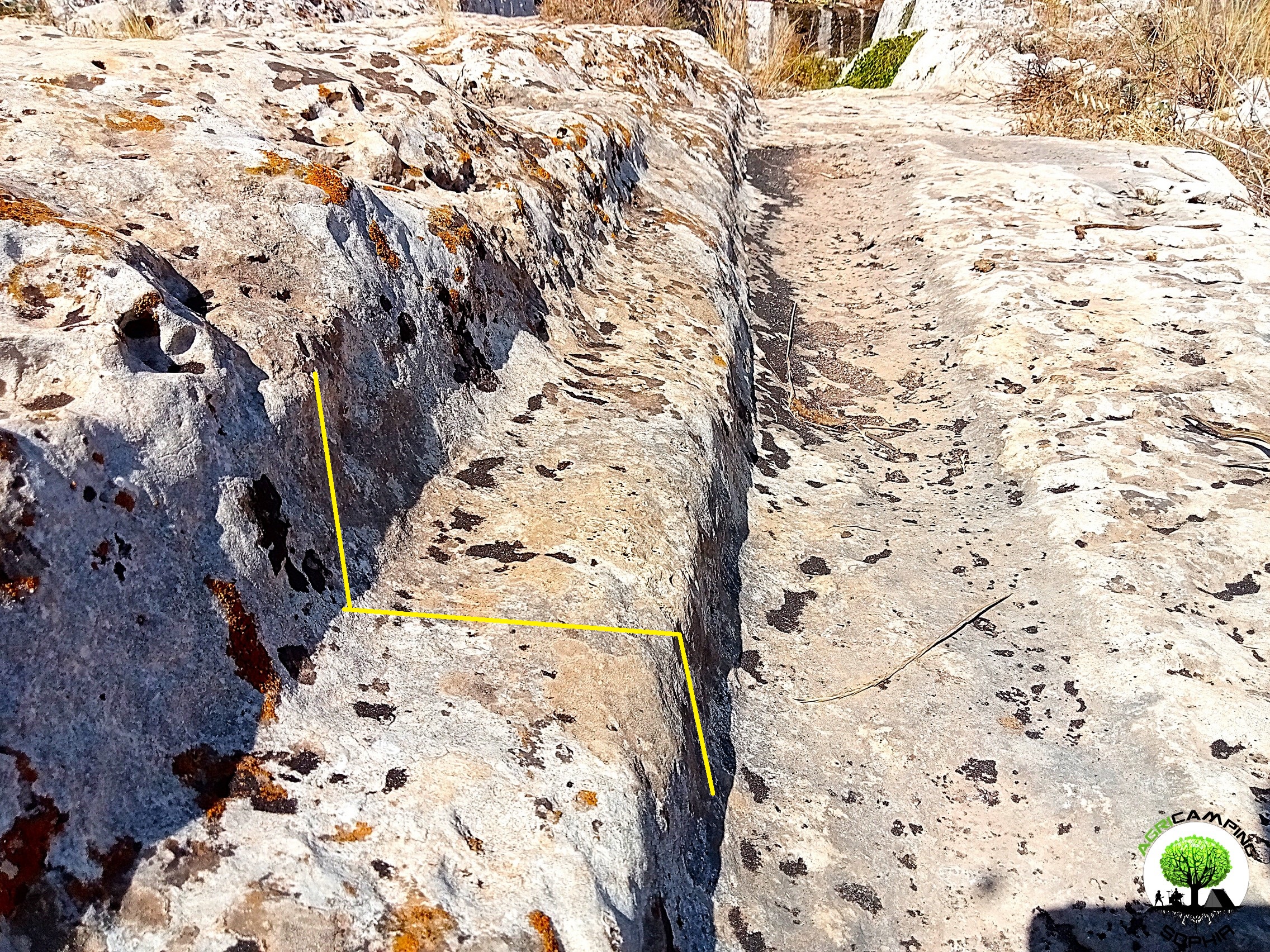 THE PROBLEMATIC EDGES OF THE CART RUTS
THE PROBLEMATIC EDGES OF THE CART RUTS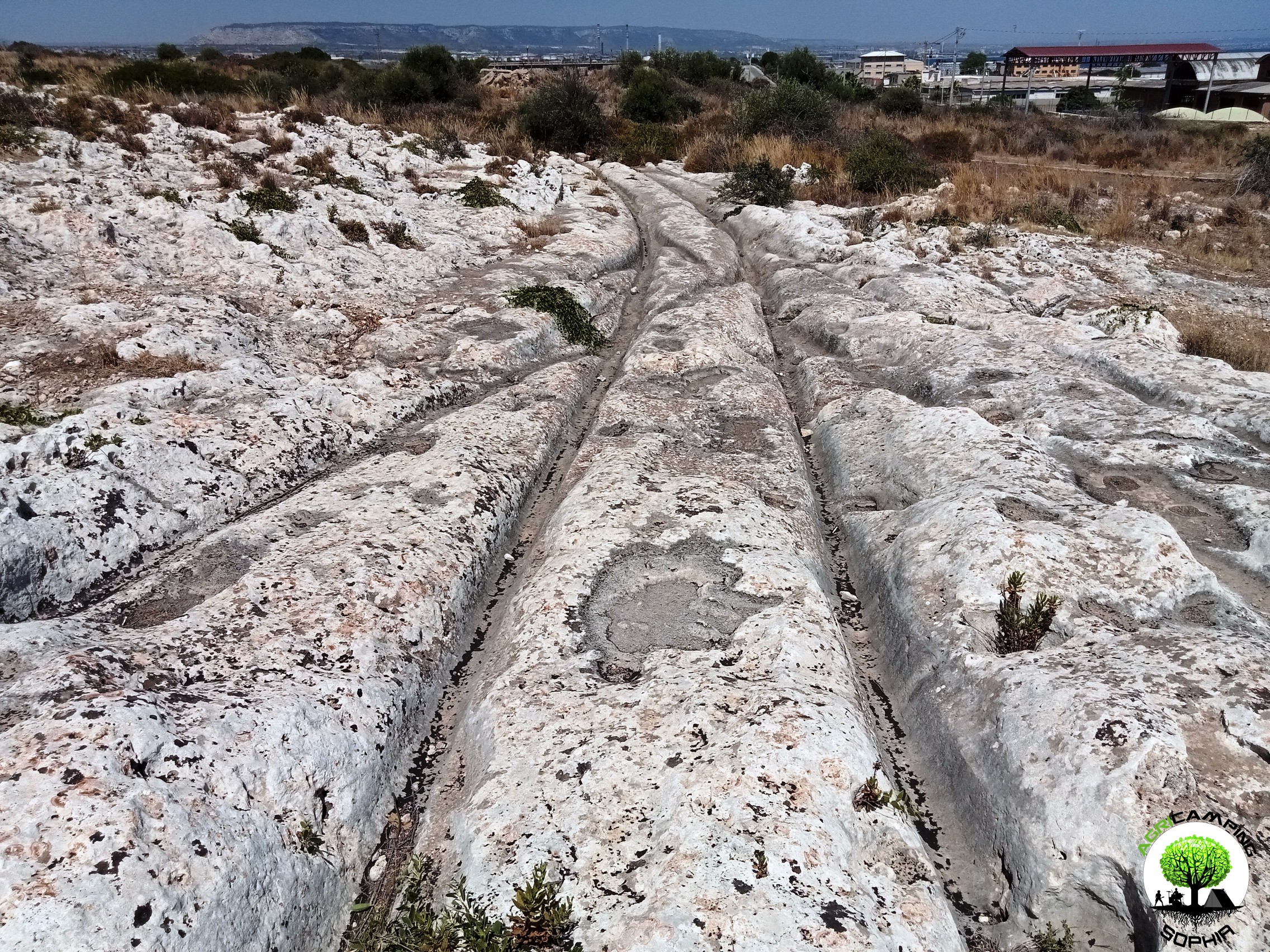 THE PROBLEM OF CART RUTS IN SOUTH-EASTERN SICILY (PART FOUR)
THE PROBLEM OF CART RUTS IN SOUTH-EASTERN SICILY (PART FOUR)